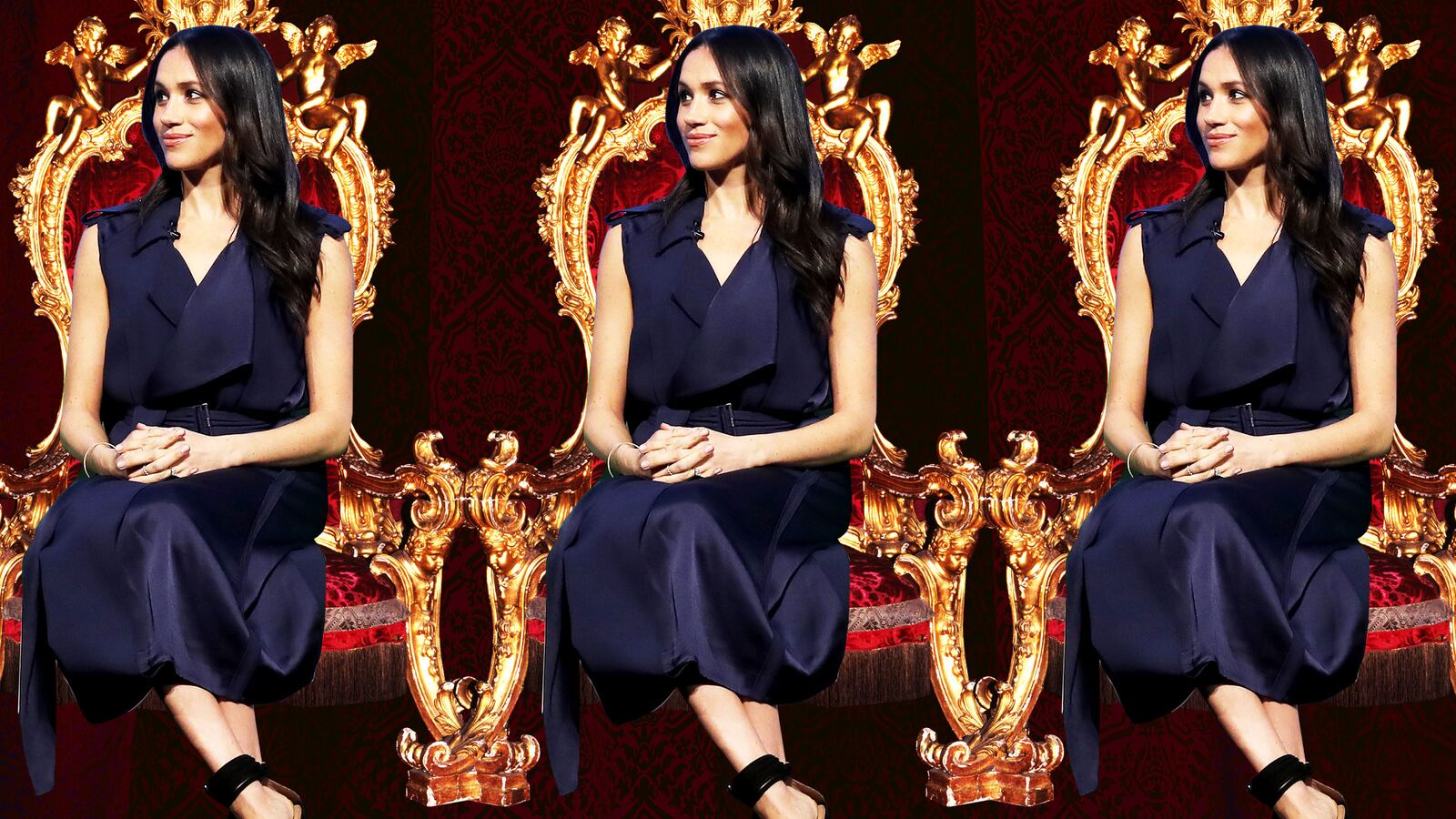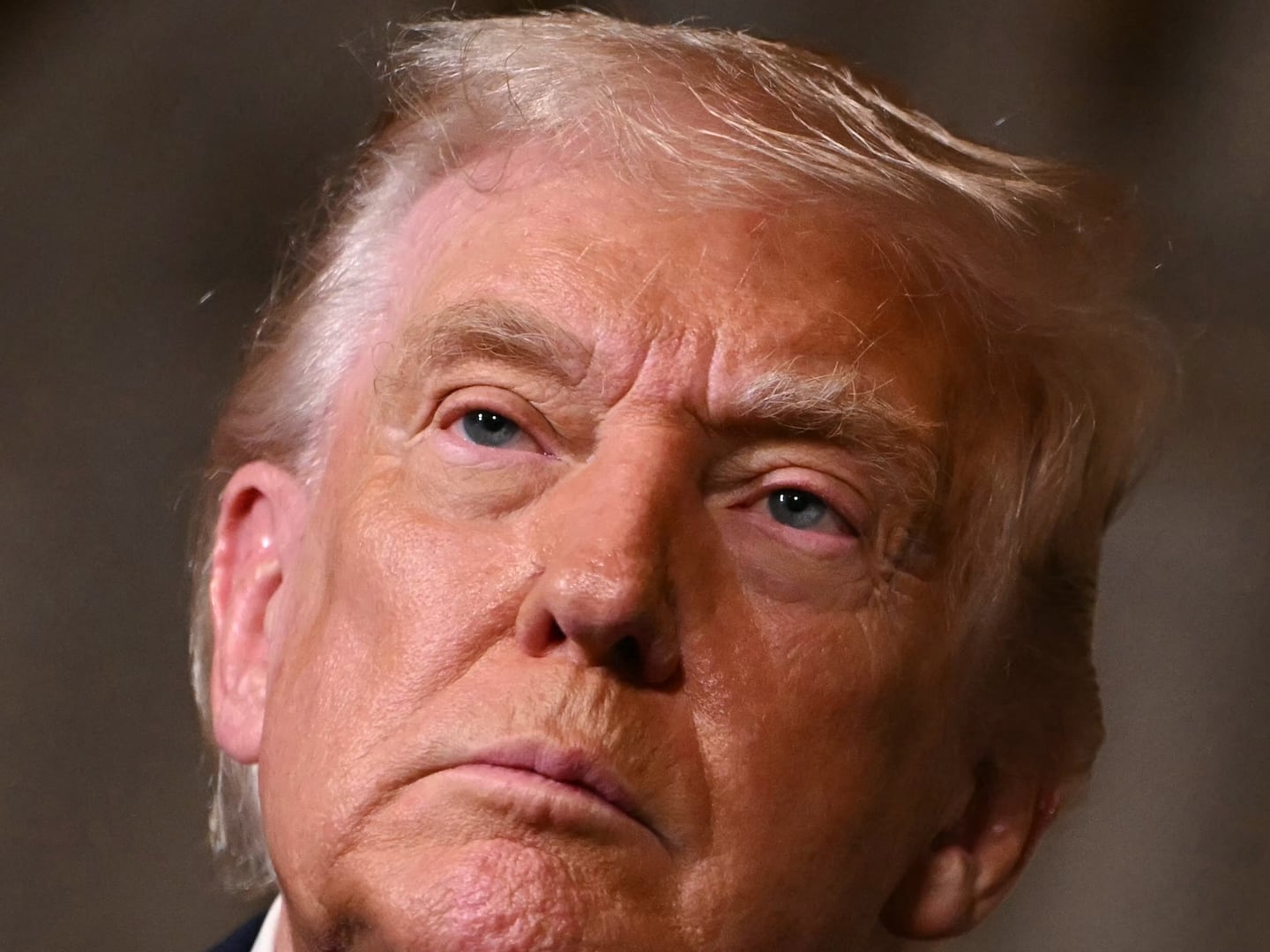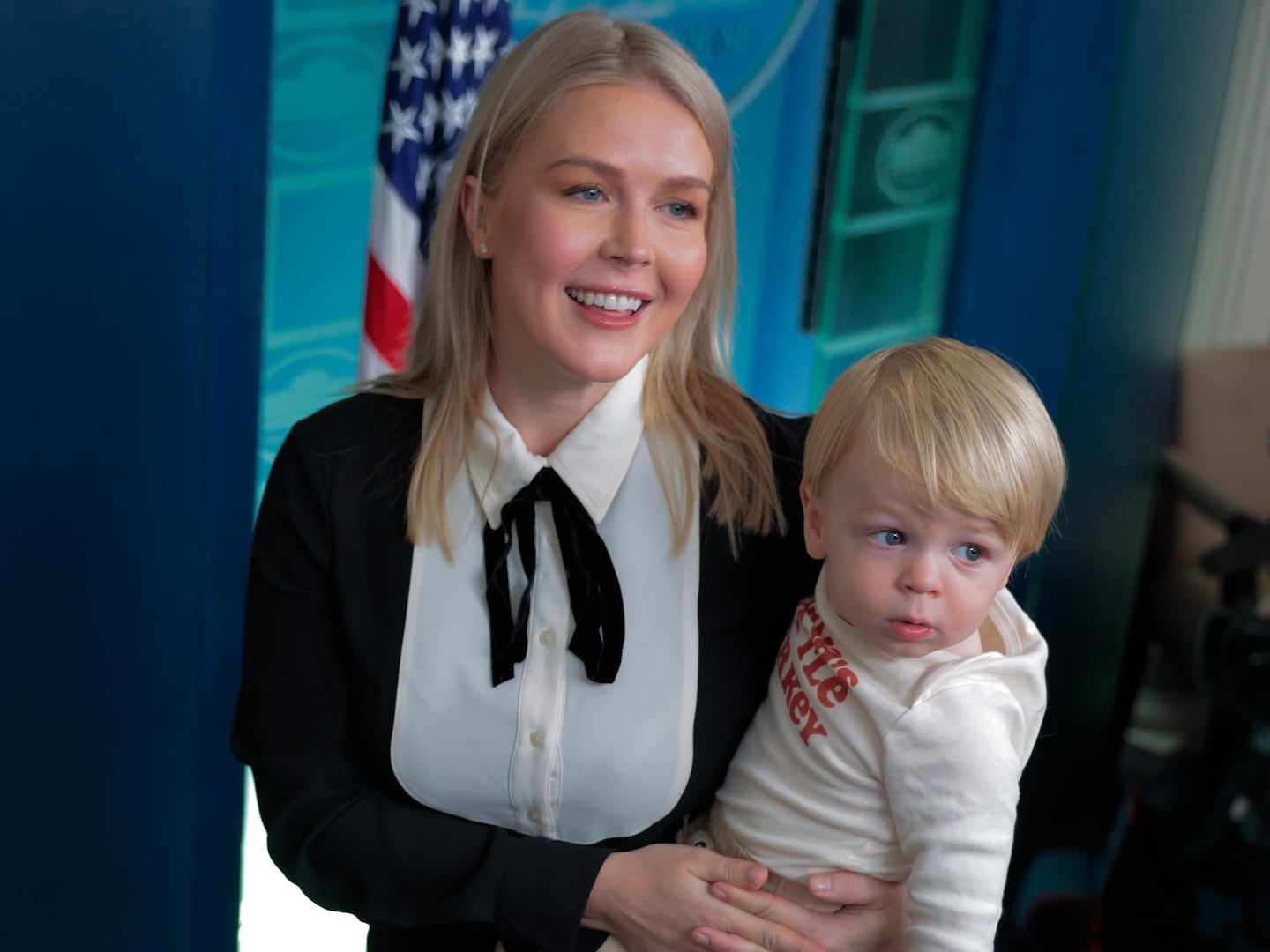When Meghan Markle walks into St George’s Chapel in Windsor Castle on May 19, on the arm of her father Thomas Markle, who, it has been confirmed, will walk her down the aisle, she will do so as Miss Meghan Markle.
But after the service, which will take around an hour, has concluded, and Meghan walks out of the chapel into the cloister of the chapel where she and Harry will greet 1200 hand-picked members of the public, she will be a new person.
Her nuptials completed, her official name will have transformed, and she will be Her Royal Highness, Princess Henry of Wales (Kate can technically be known as Princess William).
Meghan will, in exactly the same way that Kate Middleton did, have become a “princess of the United Kingdom”—as Kate tends to describe her “occupation” on the birth certificates of her children—by virtue of her marriage to a prince.
But, if the queen follows the protocol laid down after Kate married William, and there seems no reason for her to deviate from that path, within an hour or so of the wedding Meghan will be a given new title and her title of “Princess Harry” will effectively become redundant.
Harry and Meghan will almost certainly be made a duke and duchess, just like Kate and William were, with Her Majesty likely reviving an old title that has fallen into abeyance (the current best gossip is that the Dukedom of Sussex may have Harry’s name on it).
Duchess is the highest rank in the English peerage (in descending order the ranks go duke/duchess, marquess, earl, viscount, and baron) but it still, for many, has the ring of a consolation prize.
Many wonder why the queen cannot just not give them another title—and leave Meghan with the moniker of every good fairy tale ending, princess?
To answer that question requires a deep dive into the archaic and often ludicrously solipsistic world of British titles and precedence (which, a word of warning, might cause the more Republican-minded Daily Beast reader to cast their phones/laptops/tablets to the floor in disgust).
That said, here goes: The problem for Meghan of being “just” a princess by virtue of her marriage to Prince Harry is that she would only hold the rank of princess when she was physically with her spouse.
This would mean that, for the rest of her life, Meghan, when not accompanied by Harry, would be required, technically, to curtsey and defer to anyone who outranked her, not just to the queen and but also to Princesses Eugene and Beatrice and, indeed, any other of the minor royals she might encounter on a daily basis.
There is unfortunately, no way for Meghan to hold the title of princess as her primary title without being left at the mercy of a myriad of assorted royal hangers-on who could at any moment choose to make an issue of it.
An interesting example to look at, for comparison, is Princess Michael of Kent.
Although the queen was said to have joked that Marie Christine Anna Agnes Hedwig Ida von Reibnitz sounded “a bit too grand” to marry into the royal family, when she was proposed as a bride for the queen’s cousin Prince Michael, she actually has no British or active, recognized, foreign title.
Upon her marriage to Prince Michael, who rejoices in the position of 46th in the line of succession to the British throne, she became Her Royal Highness Princess Michael of Kent, but, as she is not a “blood princess” she has literally no official status unless she is accompanied by her husband.
MC—as she is known—is thin-skinned, and extremely defensive about her lineage.
She is the daughter of a German baron and a Hungarian countess (but both those countries are republics which have abolished these titles, so although they are often used by the one-time peers, but mean nothing, have no basis in law, and do not, for example, appear on driving licenses or passports) and can trace her lineage back to various notable figures of Euro-nobility, including Catherine the Great, William the Conqueror, and Marie Antoinette.
“Deep down inside me,” she has said, “I always hear my mother’s words: 900 years of breeding must be worth something.”
This is why she is never ever seen in the presence of other members of the royal family without her husband—and the power of his title—in tow.
Unlike the Kents, Harry (and therefore his future spouse and children) does receive taxpayer funding from the Sovereign Grant (which used to be known as the Civil List) sparing himself and Meghan from the fate of becoming the next “Rent-a-Kents,” as the Kents have been dubbed.
This is in itself a mark of their seniority and importance, but the fact remains that Meghan is not of noble birth, and would, unless made a noble, as a consequence, be outranked by a whole host of royals when not in the presence of her husband.
For instance, Meghan will have to curtsey to Princesses Eugenie and Beatrice when she encounters them without her husband by her side. If Harry’s in the room, then they should curtsey to her.
Meghan, like Kate, will have to bend the knee to Prince Edward, but not to his wife Sophie Wessex, unless Sophie is with Edward in which case she assumes his rank, and so on.
But if she wasn’t made a duchess, she’d always have to curtsey even to the unaccompanied Sophie’s of this world.
Of course, one valid question is why a confident American woman should give a damn about all this hideous British class-based nonsense?
The problem is that the queen is very keen on it, and approves of correctly directed curtseying, and expects it in all situations.
The current rules on who-curtseys-to-who were actually formalized in a 2005 document entitled “Precedence Of The Royal Family To Be Observed At Court” which aimed to clarify Camilla’s position in the hierarchy following her marriage to Charles.
It was updated in 2012 to incorporate Kate, and, no doubt those regulations will be getting another update when Meghan becomes the latest princess-not-a-princess to attempt to navigate the minefields of British royal custom.






